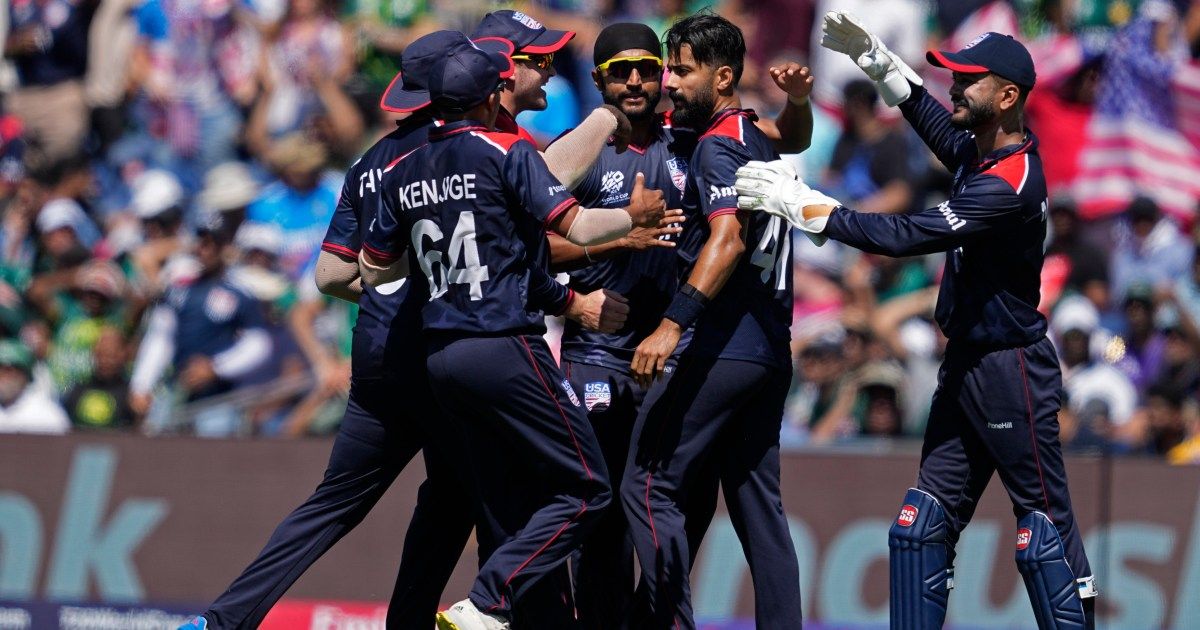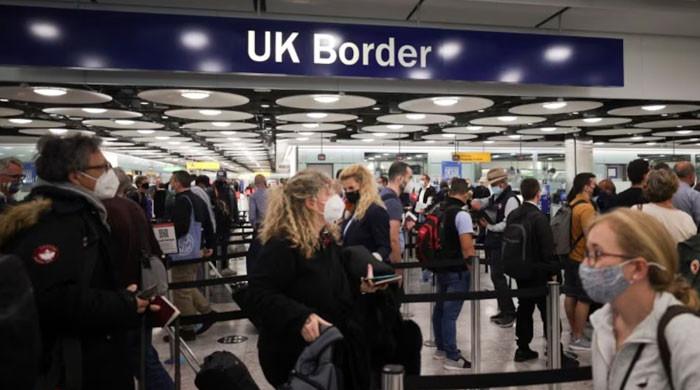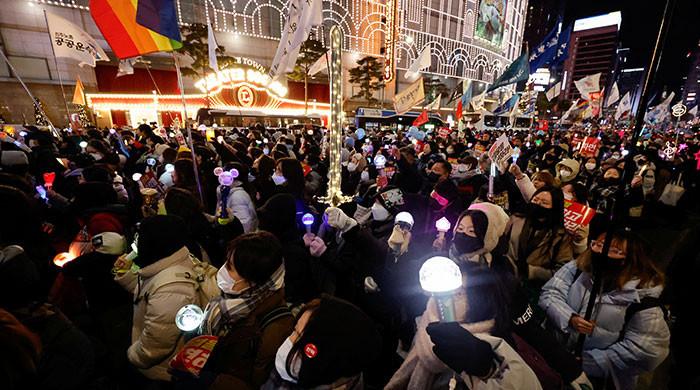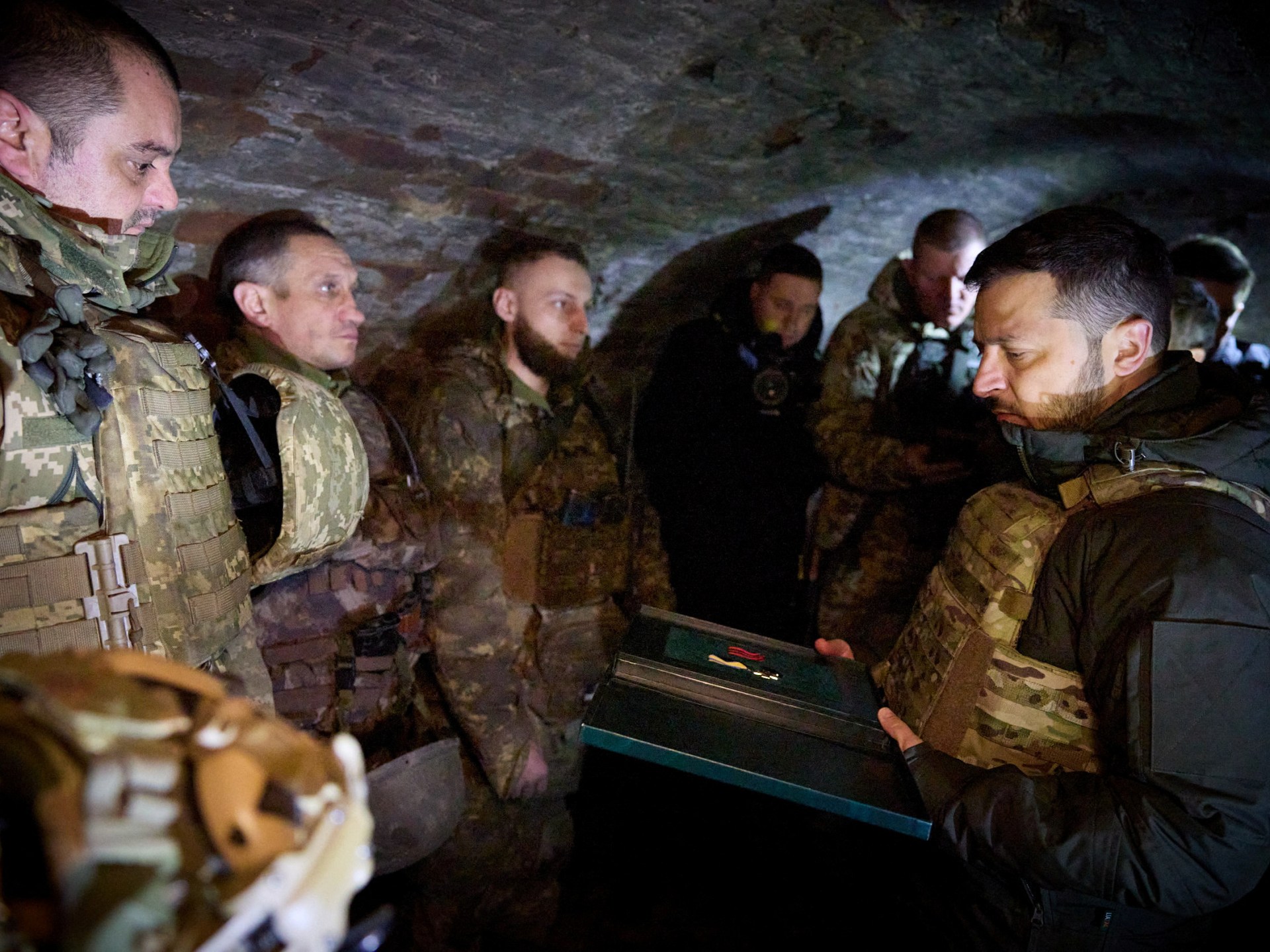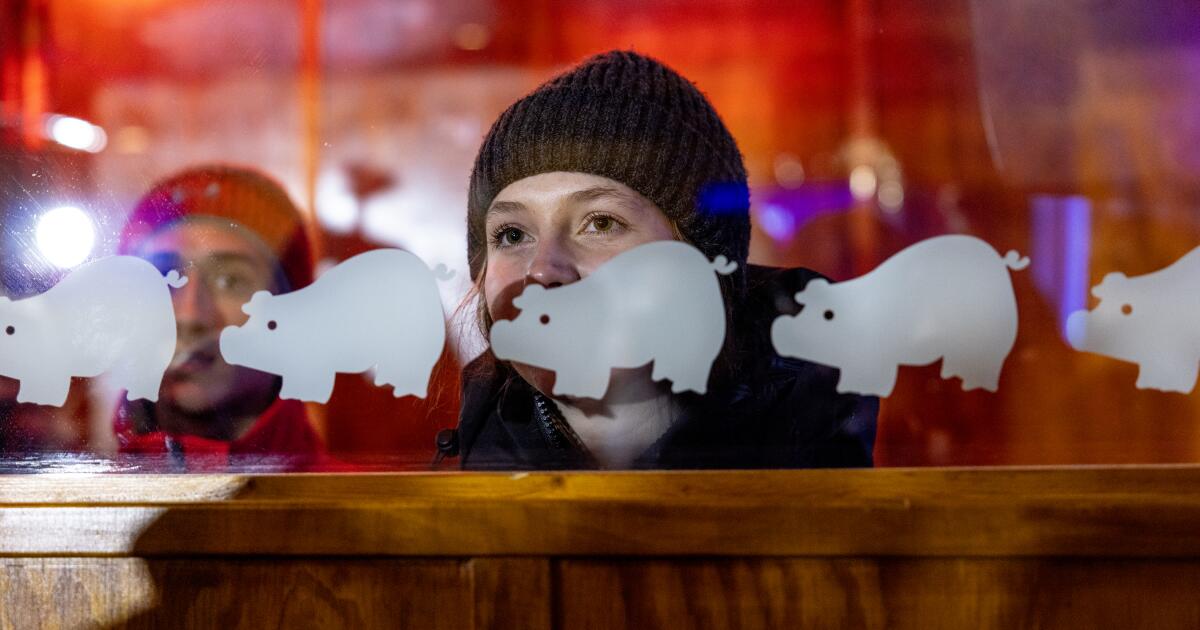When the United States opened the ICC Men's T20 World Cup 2024 with a seven-wicket victory over Canada on June 1, the result was greeted with warm metaphorical applause.
Five days later, their thrilling victory against Pakistan made cricket fans and pundits sit up and take notice. It was a moment that turned Group A (and the tournament) upside down.
When cricket powerhouse India bested them in New York the following week, the United States was still alive in the tournament and favorites to qualify for the Super Eight, a feat they later achieved thanks to a wipeout match against Ireland.
As with most underdog stories, America's advance was met with great applause around the world.
In some ways, it's fitting that the American team is representative of a multicultural country defined by the stories of immigrants pursuing the legendary American dream.
Some of the players were born in the United States.
Others, born abroad, tasted national success in their countries of birth and even dreamed of playing international cricket until they apparently failed and almost gave up.
This group of cricketers gain their experience playing in India, Pakistan, the Caribbean, South Africa and New Zealand.
An Australian coach, who joined them two weeks before the tournament, has guided them on this unprecedented run in which, against all odds, they managed to get past the first round in their first major international tournament.
But that's not how the story began.
It all started with a combination of timing, luck and cunning.
MAKING HISTORY!!! 🇺🇸🔥🙌
For the first time, #TeamUSA have qualified for the Super 8 stage of the @ICC @T20WorldCup! 🤩✨
Congratulations, #TeamUSA! 🙌❤️ pic.twitter.com/tkquQhAVap
– USA Cricket (@usacricket) June 14, 2024
The motley group that became world champions
Shortly after the ICC granted USA Cricket (USAC) one-day international (ODI) status in 2019, the waiting period for players to qualify for associate countries was reduced from five years to three.
USAC immediately launched a recruiting campaign to attract talent from around the world.
Several players answered the call, while others were sought in national competitions within the country.
Former New Zealand star Corey Anderson, who has extensive experience in the T20 franchise, was eligible to represent the USA in 2023.
It was also the year Harmeet Singh joined the Team USA bandwagon. The Mumbai-bred all-rounder starred for India in two ICC Under-19 World Cups and played in the Indian Premier League (IPL) until was dragged into a fixing scandal, only to be acquitted of any wrongdoing. It was enough to stall his career but, not wanting to give up, Harmeet moved to the United States during the COVID-19 pandemic.
Shayan Jahangir was a promising young batsman who grew up in Karachi and at one point represented Pakistan at under-19 level. He plied his trade in the US domestic leagues during the cricket off-season in Pakistan before moving permanently to Houston in 2018.
Former South African national cricket star Shadley van Schalkwyk made Seattle his home after failing to break into the Proteas side despite taking almost 500 wickets and scoring over 4,000 runs across all formats in the domestic system.
Aaron Jones, America's batting hero in the tournament so far, was born in Queens to Bajan parents and represented Barbados until a few years ago.
Florida native Steven Taylor has been a key member of Team USA since 2019, but once represented Jamaica.
Despite the players' very diverse backgrounds, their head coach, Stuart Law, who was appointed in April and took over in May, emphasizes that this is very much an American team.
“These kids came here from other parts of the world in search of a better life,” Law told Al Jazeera shortly after the United States sealed their trip to the Caribbean, where all Super Eight and qualifying matches will be played.
“Whether they came here for their children's education or their own, not many came solely to play cricket.”
How to 'Americanize' cricket
Law insists that while the players may have been lucky that their arrival in the United States coincided with the rise of cricket in the country, they are united in their cause to play as the United States team.
“We have to try to 'Americanize' this whole cricket thing here in the United States,” he adds.
“We need to play aggressive, attractive cricket to make sure people sit up and say, 'You know what? These kids are ready to fight.'
The 55-year-old coach, who has coached several international teams, says the US team's motto of “brave but smart cricket” suits most players.
“They're trying to get better all the time, trying to play the right way. [they] will succeed not only in winning but also in putting the game of cricket under the spotlight.
The players, with their individual experiences in other countries, do not feel awe when playing World Cup matches, which was wonderfully demonstrated in their shocking victory over 2009 champions Pakistan.
Law tells one of several stories about his players: “Shayan came up to me before the World Cup and said, 'Coach, we can beat Pakistan!' I think that belief seeped into each of us and we demonstrated it. The belief was there to go and execute under immense pressure, in front of a full house and screaming fans in Dallas.”
The former Australian international cricketer says he has been surprised by the team's ability to be “calm and collected” under pressure.
“They just get up and fight against teams that we have no right to be in the same park with, as some people think, but we found a way to get the job done.”
Law believes Anderson, a veteran of three World Cups with New Zealand, has played a vital role in keeping the players calm on the field.
He describes Monank Patel, who captained the team for the first two matches before suffering a shoulder injury, as a deep thinker. And Jones, who led the team against India, has impressed Law with his composure and directness. Both leaders are fiercely competitive.

Saurabh Netravalkar: from 'rocket scientist' to cult hero
The biggest cult hero by far is Saurabh Netravalkar, the Mumbai-born left-arm quick who successfully defended 18 runs in the super over against Pakistan. Netravalkar's heroic acts, combined with his day job as a principal engineer at technology company Oracle, created an online frenzy and turned him into an overnight hero.
Netravalkar played alongside Harmeet in the ICC Under-19 World Cup in 2010, and was India's leading wicket-taker in a tournament that featured the Australian trio of Mitchell Marsh, Josh Hazelwood and Adam Zampa, as well as Englishman Ben Stokes.
However, by 2015, Netravalkar had given up hope of establishing himself at the higher level and packed his bags to study computer science in New York.
Law calls Netravalkar a “rocket scientist” compared to the rest of the team.
“He is very structured and disciplined, he makes his plans online and then asks questions.
“For a guy who doesn't throw as fast as others, he has fantastic skills that get hitters into a lot of trouble. His execution in that super over [against Pakistan] “It was exceptional.”
The United States coach tells how the 32-year-old approached him after the game and said: “Coach, thank you very much for trusting me.”
“I said, 'Dude, I knew you could do it. You show that on the networks all the time, you show it in the media. It was a no-brainer.'”
While the American players are between 29 and 36 years old, they are still youngsters in international cricket: men who have waited a long time for a lucky break or a second chance. And Law believes more American cult heroes will emerge during the Super Eight stage.
“Ali Khan is another: he has rhythm, fire and passion,” Law reveals.
“Keep an eye on Harmeet Singh. He is a warrior in the field. He is skilled with the bat and the ball.”
The experienced coach says the group of brothers gathered under the American flag will put up a tough fight in the rest of the tournament.
“We're not going down without a fight.”


